 
|
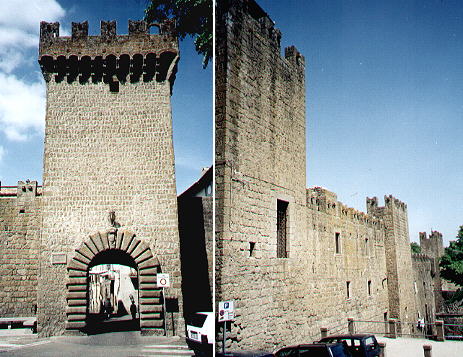 | ||
The view of Vitorchiano from the other side of the ravine is impressive and it shows how the available space
was fully exploited by building houses on the very edge of the precipice.
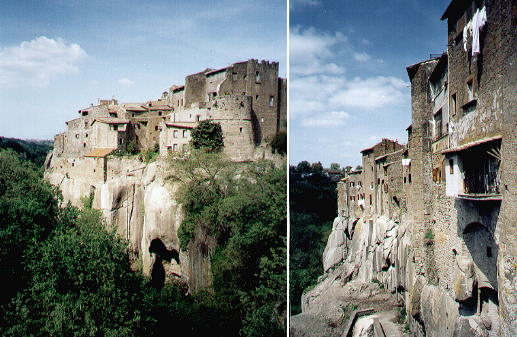 | ||
Vitorchiano was at first an Etruscan town and later on became a Roman colony: what now is the Palazzo Comunale was the limit of the Roman castrum. In the early XIIIth century Vitorchiano sided with Rome against Viterbo and for this reason it was named la Fedele (the Faithful) and its citizens were given the honour to mount guard of the Capitol. This explains the inscription above the windows of Palazzo Comunale (SUMMA FIDELITAS) and above its entrance (SENATus POPulus Que ROManorum). In the picture here below (and in the background of this page) you can also see the main fountain of Vitorchiano which has a spindle shape which is typical of the fountains of Viterbo.
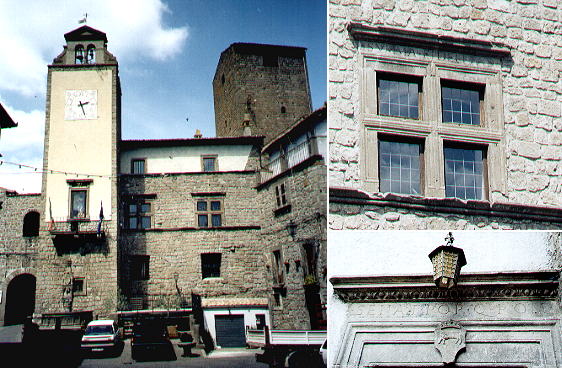 | ||
Vitorchiano retains an intact texture of medieval streets and houses, which very often have a short flight of steps leading to the upper floor.
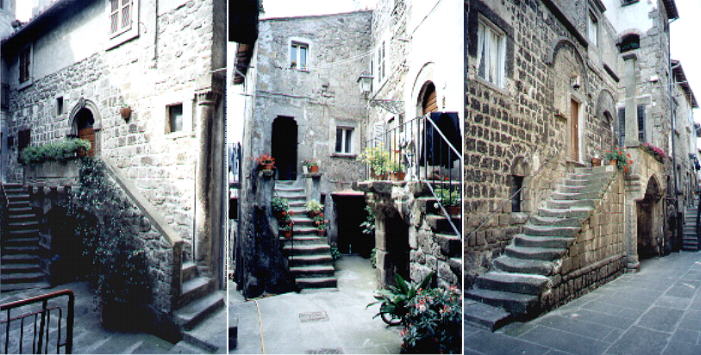 | ||
The only non-medieval thing to see in Vitorchiano is the baroque urn with the body of S. Amanzio. For more baroque angels click here.
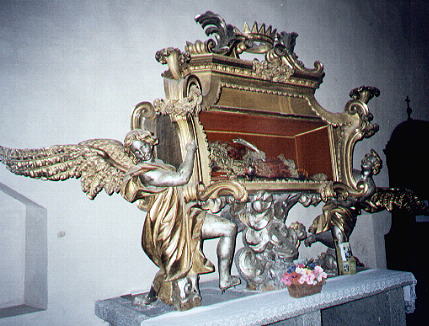 | ||
In and about Viterbo - other pages:
Viterbo
Bagnaia
Bagnoregio
Bomarzo
Orte and Vasanello
S. Maria della Querce
S. Martino al Cimino
Tuscania
Walks with Ferdinand Gregorovius in the Roman countryside
some other walks:
A walk to Porta Furba
Via Appia Antica from Cecilia Metella to Torre in Selci
Via Appia Antica from Torre in Selci to Frattocchie
See my Home Page on Baroque Rome or my Home Page on Rome in the footsteps of an XVIIIth century traveller
All images © 1999 - 2003 by Roberto Piperno. Write to romapip@quipo.it
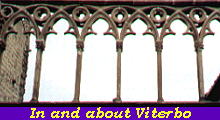 Vitorchiano
Vitorchiano